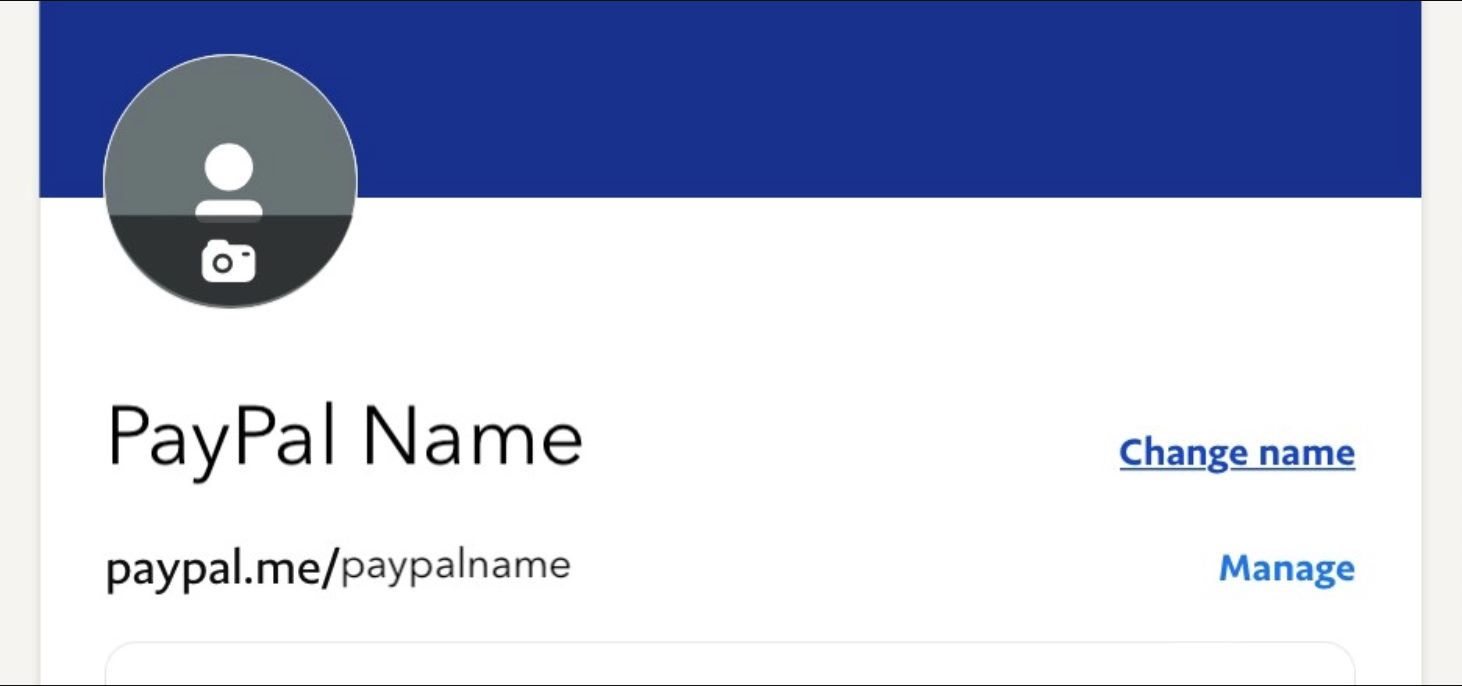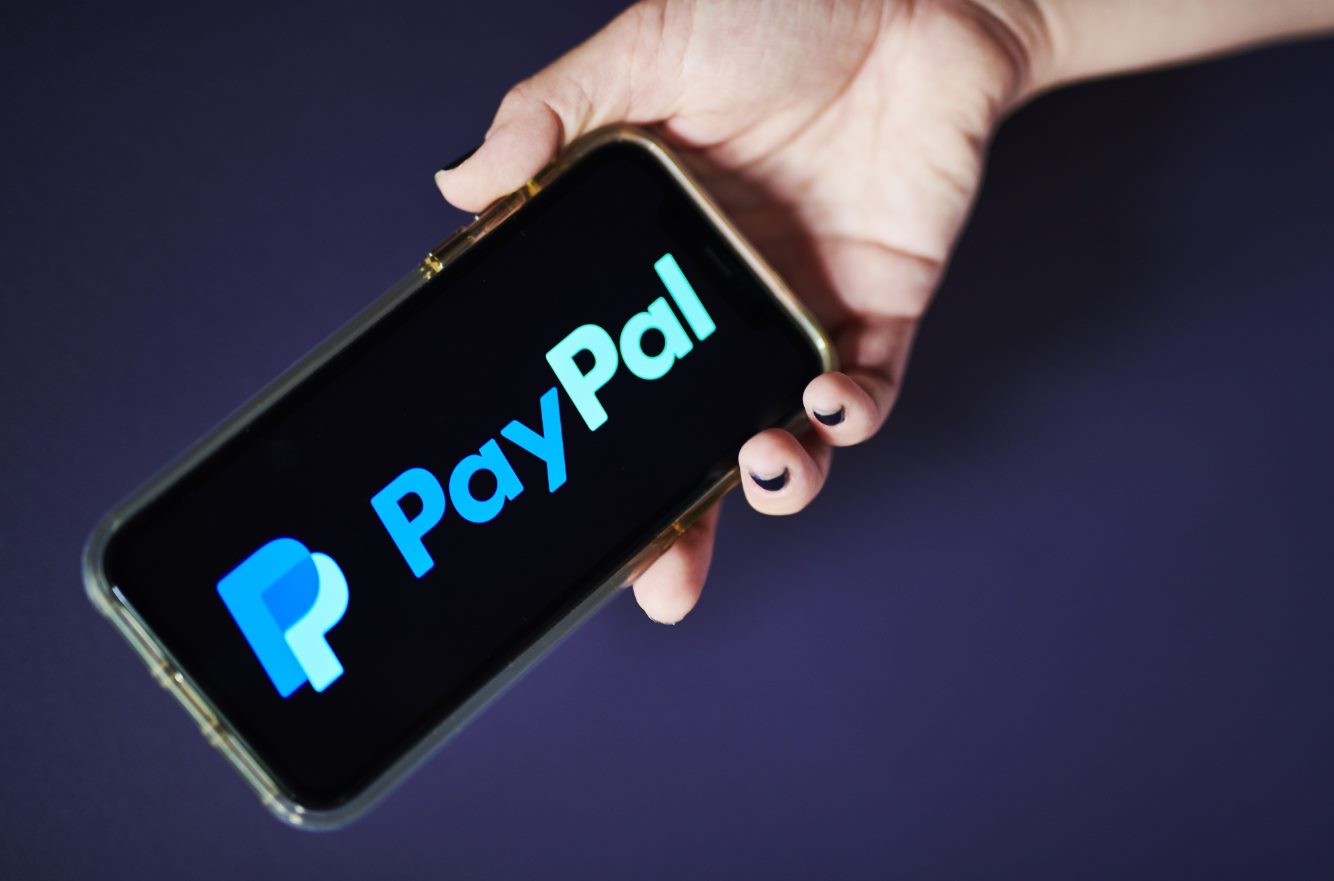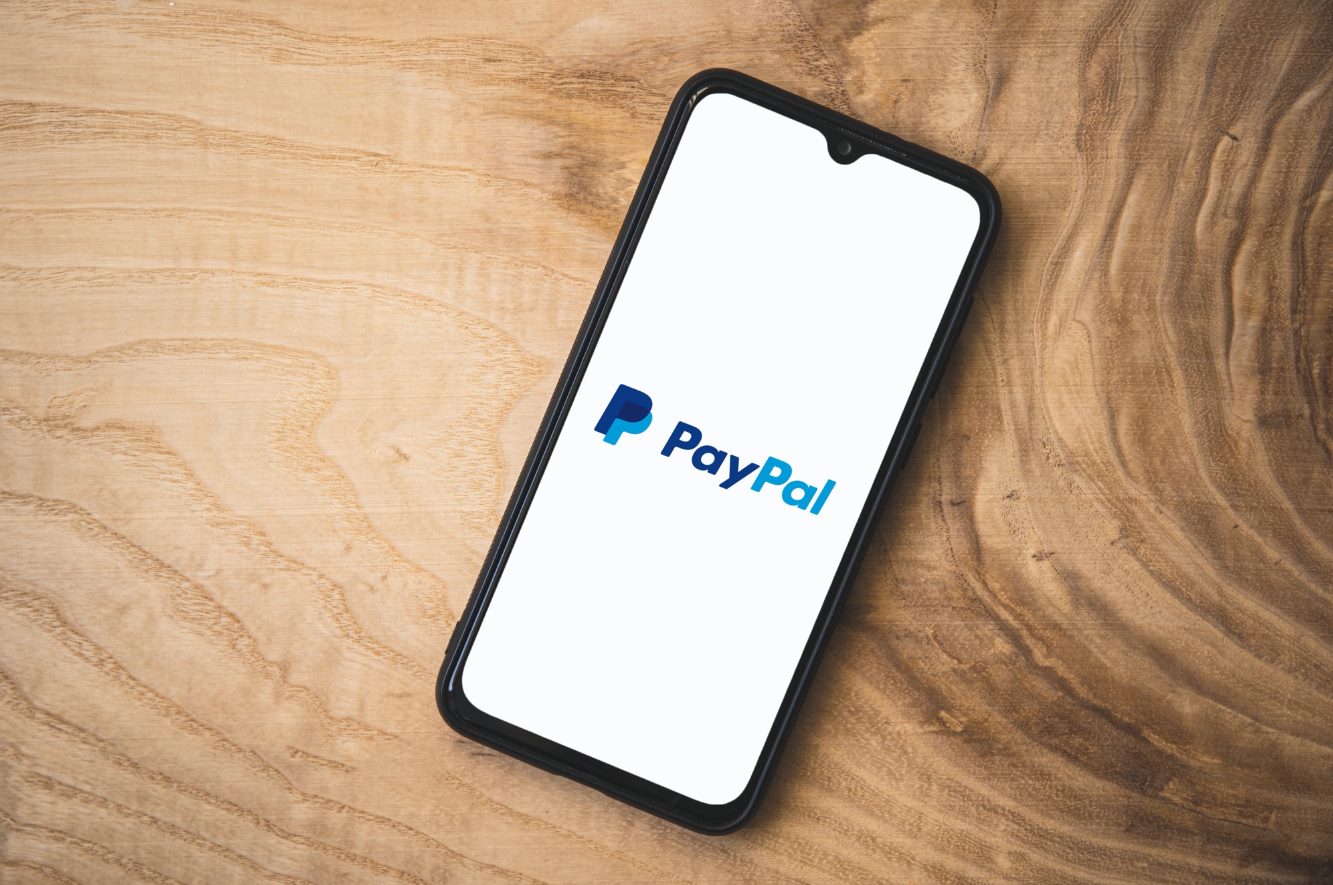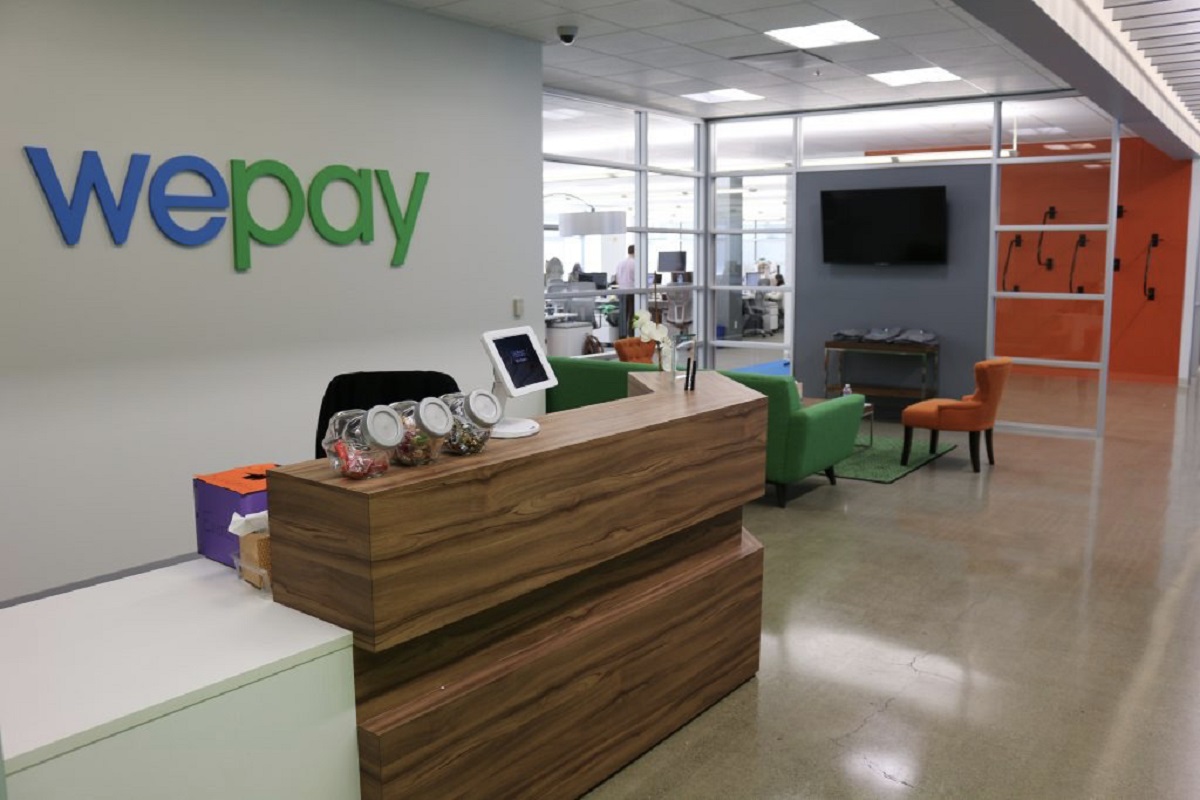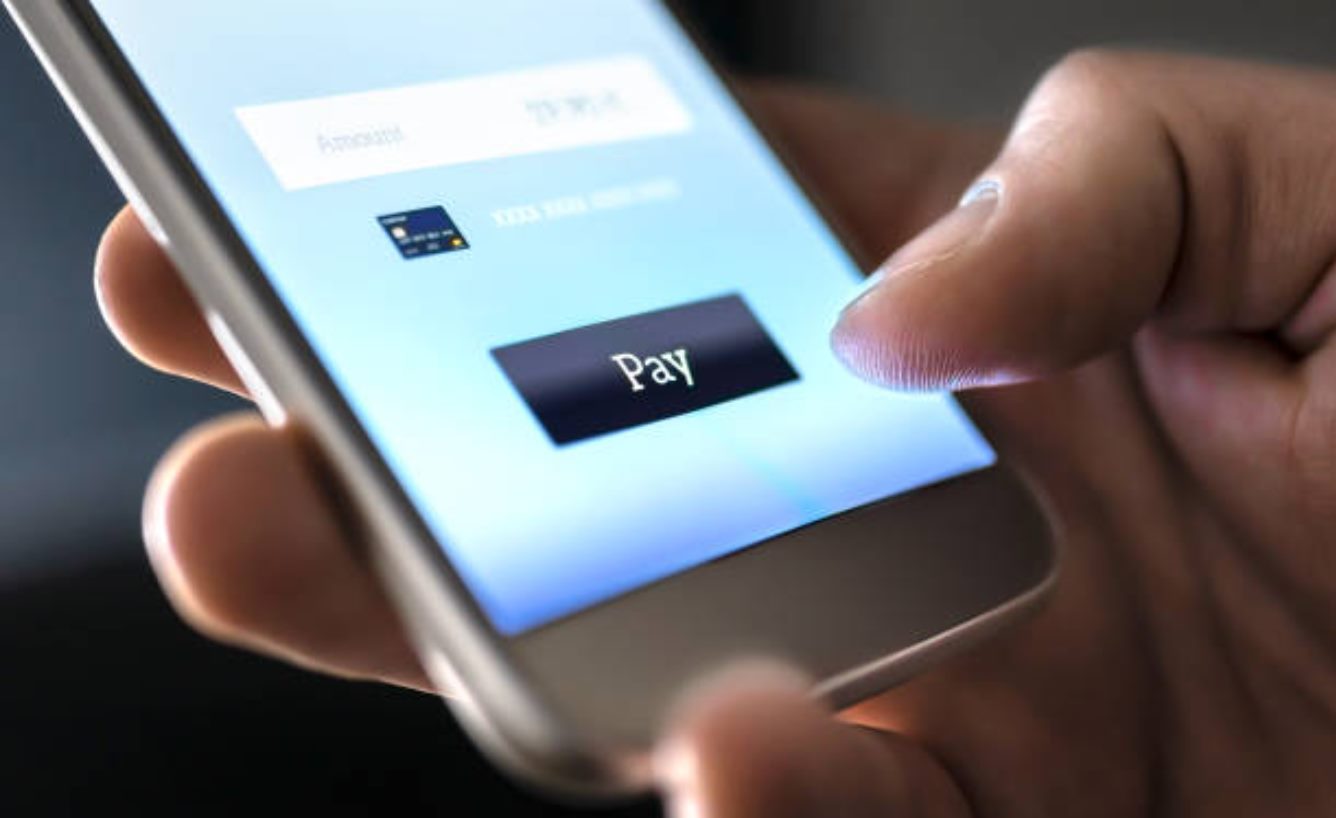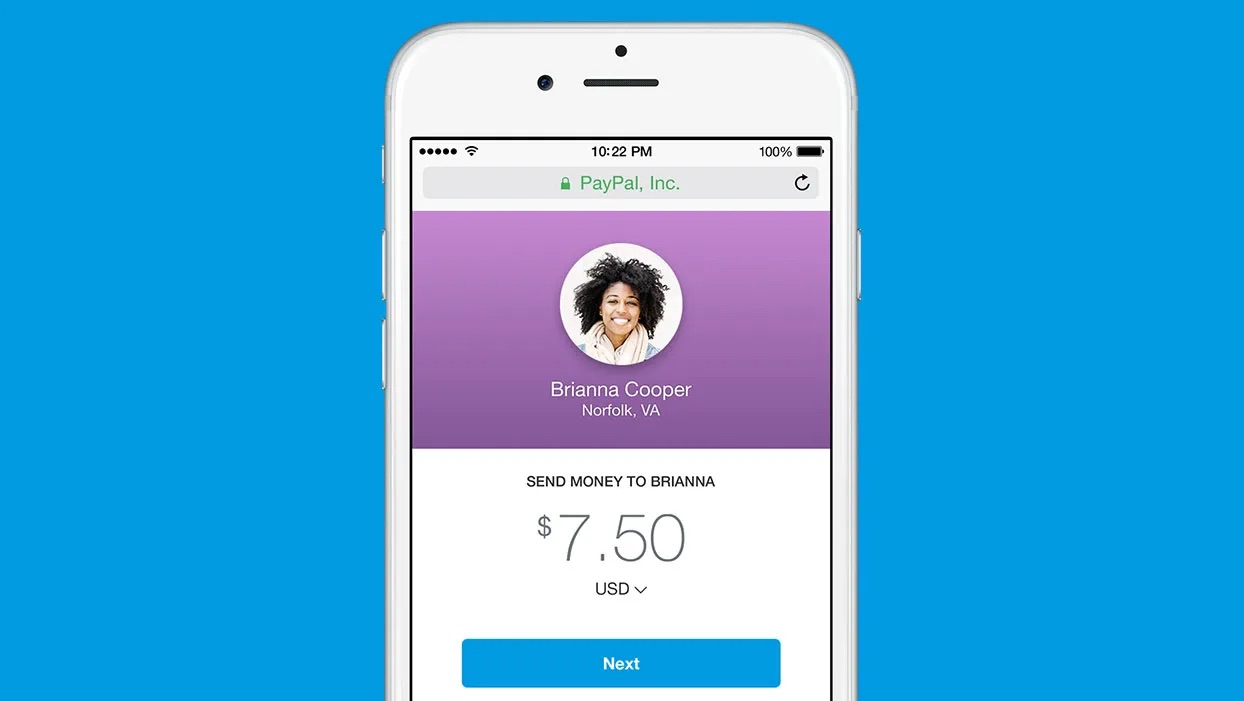Why do you need a PayPal account?
PayPal has become one of the most popular online payment methods, offering a convenient and secure way to send and receive money. Whether you are a freelancer, an online business owner, or even an individual looking to make payments or receive funds from friends and family, having a PayPal account can greatly simplify your financial transactions. Here are some reasons why you should consider setting up a PayPal account:
- Safe and Secure: PayPal provides a high level of security for your financial information. When you make a payment using PayPal, your credit card or bank details are never shared with the recipient. PayPal uses state-of-the-art encryption technology to ensure that your information is protected.
- Convenience: With PayPal, you can make payments or receive funds with just a few clicks. It eliminates the need for carrying cash or writing checks. Whether you are shopping online or sending money to a friend, PayPal offers a quick and hassle-free way to complete transactions.
- Accepted Worldwide: PayPal is widely accepted by online merchants and businesses worldwide. This means that you can use your PayPal account to make purchases from various websites and platforms, without the need to enter your card details every time.
- Multiple Payment Options: PayPal allows you to link your bank account, credit cards, and even debit cards to your account. This provides you with flexibility in choosing your preferred payment method and makes it easier to manage your finances.
- Easy Integration: If you run an online business, PayPal can seamlessly integrate with your website or e-commerce platform. It provides a ready-made payment gateway, allowing you to accept payments from customers around the globe.
- Protection for Buyers and Sellers: PayPal offers protection programs for both buyers and sellers, helping to resolve disputes and ensuring that transactions are completed smoothly. This adds an extra layer of security and peace of mind when conducting online transactions.
With these benefits in mind, it is clear why having a PayPal account is advantageous. Whether you are a frequent online shopper, a business owner, or someone who needs a simple and secure way to send or receive funds, setting up a PayPal account is a wise decision.
How to sign up for a PayPal account?
Signing up for a PayPal account is a straightforward and easy process. Follow these steps to create your own PayPal account:
- Go to the PayPal website: Start by visiting the official PayPal website at www.paypal.com.
- Select your account type: You can choose between a Personal account (for individuals) or a Business account (for businesses).
- Provide your basic information: Fill in the required fields with your name, email address, and a strong password. Make sure to use a strong password that includes a combination of letters, numbers, and symbols.
- Enter your contact details: PayPal will ask you to enter your address and phone number. Providing accurate information will help ensure smooth transactions and account verification.
- Verify your email address: After completing the registration, PayPal will send a confirmation email to the address you provided. Click on the verification link in the email to confirm your email address.
- Set up security questions: PayPal will prompt you to set up security questions and answers. This adds an extra layer of security to your account and helps protect your information.
- Agree to the terms and conditions: Make sure to read and understand the terms and conditions of using PayPal before agreeing to them.
- Complete the setup: Once you have provided all the necessary information and agreed to the terms and conditions, your PayPal account will be created. You can now access your account and start using PayPal to send and receive money.
It is important to remember to choose a strong and unique password for your PayPal account and to keep it confidential. Additionally, consider enabling two-factor authentication for added security.
Within a few minutes, you can have your very own PayPal account up and running, ready to simplify your online transactions and payments.
Verifying your PayPal account
Verifying your PayPal account is an important step to unlock certain features and increase the security of your transactions. Here’s how you can verify your PayPal account:
- Confirm your email address: When you sign up for a PayPal account, you are required to verify your email address. PayPal will send a confirmation email to the address you provided during registration. Click on the verification link in the email to confirm your email address.
- Add and confirm your bank account: Linking your bank account to your PayPal account is one of the most common verification methods. To do this, go to your PayPal account settings and select “Link a bank account”. Follow the prompts to provide your bank account details. PayPal will send two small deposits to your bank account within a few days. Once you receive the deposits, log in to your PayPal account and enter the amounts to confirm your bank account.
- Link and confirm your credit or debit card: Another way to verify your PayPal account is by linking and confirming a credit or debit card. To do this, go to your PayPal account settings and select “Link a card”. Follow the instructions to add your card details. PayPal will charge a small amount to your card, which you will need to enter on the PayPal website to confirm your card.
- Provide additional information if required: In some cases, PayPal may ask for additional information to verify your identity. This may include submitting documents such as a photo ID, proof of address, or business verification documents. Follow the instructions provided by PayPal to submit the necessary documents.
Verifying your PayPal account not only gives you access to additional features but also enhances the security of your account. Verified PayPal accounts have higher transaction limits, can make instant transfers to bank accounts, and are generally more trusted by buyers and sellers during online transactions.
It is important to note that the verification process may vary depending on your country of residence and the specific requirements of PayPal. Make sure to follow the instructions provided by PayPal’s website or contact their customer support if you encounter any issues during the verification process.
Linking your bank account to PayPal
Linking your bank account to your PayPal account allows you to easily transfer funds between the two and make secure online transactions. Here’s how you can link your bank account to PayPal:
- Log in to your PayPal account: Visit the PayPal website and log in using your email address and password.
- Go to your account settings: Once logged in, navigate to your account settings. This can usually be found by clicking on the “Settings” or “Profile” tab.
- Select “Link a bank account”: Under the “Bank Accounts” or “Financial Information” section, click on the option to “Link a bank account”.
- Choose your bank: PayPal will provide a list of popular banks. If your bank is listed, select it. If not, you can manually enter your bank’s routing number and account number.
- Enter your bank details: Follow the prompts to enter your bank account details, including the routing number and account number. Make sure to double-check the information for accuracy.
- Confirm the linking process: PayPal may initiate a small deposit to your bank account, typically within 1-2 business days. Check your bank statement or online banking to find the deposit amount.
- Confirm your bank account: Once you have the deposit amount, return to your PayPal account settings and navigate to the “Bank Accounts” section. Enter the deposit amount to confirm your bank account.
- Linking complete: After successfully confirming the deposit amount, your bank account will be linked to your PayPal account. You can now use it to make transfers and perform transactions.
Linking your bank account to PayPal provides additional flexibility and convenience. You can transfer money to and from your bank account, fund purchases directly from your account, and have the option to withdraw funds from your PayPal balance to your bank account.
If you encounter any issues during the linking process, contact PayPal’s customer support for assistance. They can provide guidance and resolve any account-specific inquiries or concerns you may have.
Adding a credit or debit card to your PayPal account
Linking a credit or debit card to your PayPal account provides an additional payment method and more flexibility in your online transactions. Here’s how you can add a card to your PayPal account:
- Log in to your PayPal account: Visit the PayPal website and log in using your email address and password.
- Go to your account settings: Once logged in, navigate to your account settings. This can usually be found by clicking on the “Settings” or “Profile” tab.
- Select “Link a card”: Under the “Credit and Debit Cards” section, click on the option to “Link a card”.
- Choose your card type: Select the appropriate card type, such as Visa, Mastercard, or American Express.
- Enter your card details: Follow the prompts to enter your card information, including the card number, expiration date, and security code. Ensure that the information is accurate.
- Confirm the card: PayPal may initiate a small charge to your card, usually less than $2. This is done to verify the card’s validity. Check your card statement or online banking to find the charge amount.
- Confirm your card: Once the charge appears on your card statement, return to your PayPal account settings and navigate to the “Credit and Debit Cards” section. Enter the charge amount to confirm your card.
- Card added: After successfully confirming the charge amount, your credit or debit card will be added to your PayPal account. You can now use it as a payment option for your online transactions.
Adding a credit or debit card to your PayPal account allows for quick and seamless payments. When making a payment, you can select your card as the funding source, and PayPal will charge the respective card accordingly.
Please note that some credit or debit cards may incur additional fees or restrictions when used with PayPal. It is recommended to check with your card issuer or PayPal’s website for any specific terms and conditions related to card usage.
If you encounter any difficulties during the card linking process, contact PayPal’s customer support for assistance. They can provide guidance and help resolve any account-specific inquiries or concerns you may have.
Using PayPal to send and receive money
PayPal offers a convenient and secure platform for sending and receiving money online. Whether you need to pay a freelancer, split a bill with friends, or receive payments for your online business, here’s how you can use PayPal:
- Send money:
- Log in to your PayPal account.
- Click on the “Send & Request” tab.
- Select “Send money to friends and family” or “Pay for goods or services”.
- Enter the recipient’s email address or mobile number.
- Enter the amount you wish to send and choose the currency.
- Add a note (optional) to provide additional information.
- Select the funding source (bank account, PayPal balance, or linked card) to complete the transaction.
- Receive money:
- Share your PayPal email address or mobile number with the person or business sending you money.
- Once the funds are sent, PayPal will notify you via email or mobile notification.
- The money will be credited to your PayPal account, and you can choose to keep the funds in your PayPal balance or transfer them to your linked bank account.
- Request money:
- Log in to your PayPal account.
- Click on the “Send & Request” tab.
- Select “Request from friends and family” or “Request money for goods or services”.
- Enter the recipient’s email address or mobile number.
- Enter the amount you wish to request and choose the currency.
- Add a note (optional) to provide additional information.
- Send the request, and PayPal will notify the recipient.
Using PayPal to send and receive money is quick and efficient. You can also keep track of your transactions in your PayPal account history, making it easier to manage your finances and monitor your funds.
It’s important to note that sending or receiving money with PayPal may incur fees, depending on the type of transaction and currency used. Review PayPal’s fee structure and terms of service to understand any applicable charges for your specific situation.
Additionally, keep in mind that PayPal offers buyer and seller protection programs, which can provide added security in case of disputes or issues with transactions. Familiarize yourself with these policies to make the most of PayPal’s features and protect yourself as a user.
How to make purchases with PayPal
Using PayPal to make purchases online is a convenient and secure way to complete transactions. Here’s how you can use PayPal for your online purchases:
- Find an online store that accepts PayPal: Look for the PayPal logo or check the payment options listed during the checkout process.
- Add items to your cart: Browse the online store and select the items you wish to purchase. Add them to your shopping cart as you normally would.
- Proceed to checkout: Once you’re ready to complete your purchase, proceed to the checkout page on the website.
- Select PayPal as your payment method: At the checkout page, choose the option to pay with PayPal. This may be labeled as “Pay with PayPal” or “Checkout with PayPal”.
- Log in to your PayPal account: You will be redirected to the PayPal website, where you’ll need to log in using your email address and password.
- Review your purchase details: Confirm that the transaction details, including the amount and shipping address, are accurate.
- Select your funding source: Choose the payment method you want to use for the transaction. You can use your PayPal balance, linked bank account, or a credit/debit card associated with your PayPal account.
- Complete the payment: Once you’ve reviewed the information and chosen your funding source, click on the button to complete the payment.
- Return to the merchant’s website: After the payment is processed, you will be redirected back to the online store’s website. You should receive an email confirmation from PayPal and the merchant regarding your purchase.
Using PayPal for your online purchases offers added security, as you don’t have to disclose your credit card information to the merchant. PayPal acts as an intermediary, safeguarding your sensitive financial details.
It’s important to note that some online stores may have specific return policies or restrictions regarding PayPal transactions. Make sure to review the store’s terms and conditions before making a purchase.
By using PayPal for your online shopping, you can enjoy a seamless checkout experience and have peace of mind knowing that your financial information is protected.
How to withdraw money from your PayPal account
Withdrawing money from your PayPal account allows you to access your funds and transfer them to your bank account or use them for purchases. Here’s how you can withdraw money from your PayPal account:
- Log in to your PayPal account: Visit the PayPal website and log in using your email address and password.
- Navigate to your PayPal balance: On your account page, you will find your PayPal balance displayed prominently. Click on it to access your available funds.
- Select “Withdraw funds”: On your PayPal balance page, you will find a “Withdraw funds” or “Transfer to bank” button. Click on it to initiate the withdrawal process.
- Choose your withdrawal method: PayPal offers various withdrawal options, including transferring funds to your linked bank account or using the PayPal Cash Mastercard (if available in your country).
- Enter the withdrawal details: Follow the prompts to enter the necessary details for your chosen withdrawal method. This may include selecting the bank account, specifying the amount, and confirming the transaction.
- Review and confirm: Double-check the withdrawal details to ensure accuracy. Once you are satisfied, confirm the withdrawal to initiate the transfer of funds.
- Wait for the transfer to complete: The processing time for the withdrawal depends on your chosen method. Bank transfers typically take 1-3 business days, while debit card transfers are usually instant.
- Check your bank account or PayPal Cash Mastercard balance: After the withdrawal is processed, the funds will be transferred to your bank account or loaded onto your PayPal Cash Mastercard, depending on your chosen withdrawal method.
It is important to note that some withdrawal methods may be subject to fees or minimum withdrawal limits. Make sure to review PayPal’s withdrawal policies and any associated charges for your specific situation.
It’s always a good practice to keep your PayPal account balance up-to-date and withdraw funds regularly, especially if you do not intend to use them for further online transactions. This helps ensure that your funds are in your preferred financial institution and readily available for your use.
If you encounter any issues or have questions regarding the withdrawal process, reach out to PayPal’s customer support for assistance.
Understanding PayPal fees and charges
When using PayPal for financial transactions, it is important to be aware of the fees and charges associated with certain activities. Here’s a breakdown of some of the common fees and charges you may encounter while using PayPal:
- Transaction fees: PayPal charges a fee for each transaction you make. The fee amount depends on various factors, such as the type of transaction (personal, business, international), the amount being transferred, and the currency used. Review PayPal’s fee structure for detailed information on transaction fees.
- Merchant fees: If you are a business owner accepting PayPal payments, you may be subject to additional merchant fees. These fees are typically a percentage of the transaction amount, along with a fixed fee per transaction.
- International transaction fees: If you are sending or receiving funds in a different currency than your account’s primary currency, PayPal may charge additional fees for currency conversion. These fees can vary, so it’s important to review the applicable exchange rates and conversion fees before making international transactions.
- Withdrawal fees: If you choose to withdraw funds from your PayPal account to your bank account or debit card, there may be withdrawal fees associated with these transactions. The fees can vary depending on the method and country. Make sure to review PayPal’s withdrawal fee structure for details.
- Receiving payments fees: While receiving payments from friends and family members typically does not incur fees, receiving payments for goods and services may be subject to fees. The fee structure for receiving payments as a business or freelancer can vary, so it’s important to understand the applicable charges and review PayPal’s seller fee policies.
It is essential to review PayPal’s fee structure and policies to understand the specific fees and charges applicable to your transactions. Pay attention to any updates or changes in PayPal’s fee structure, as these can impact your financial planning.
Keep in mind that PayPal also offers certain features and services that may involve additional fees, such as PayPal Here for in-person payments or PayPal Payments Pro for custom payment solutions. Familiarize yourself with these features and associated charges if you intend to utilize them.
Being aware of the fees and charges associated with PayPal transactions can help you make informed decisions and manage your finances effectively. If you have any questions or concerns regarding fees, reach out to PayPal’s customer support for clarification and assistance.
Tips for enhancing PayPal account security
Protecting the security of your PayPal account is crucial to safeguarding your financial information and preventing unauthorized access. Here are some tips to enhance the security of your PayPal account:
- Use a strong and unique password: Create a strong password that includes a combination of letters, numbers, and special characters. Avoid using easily guessable information, such as your name or birthdate. Regularly change your password to minimize the risk of unauthorized access.
- Enable two-factor authentication (2FA): Two-factor authentication adds an additional layer of security to your PayPal account. Enable this feature in your account settings to require a secondary verification method, such as a text message code or a biometric authentication, in addition to your password.
- Beware of phishing attempts: Be cautious of phishing emails, messages, or websites pretending to be PayPal. Avoid clicking on suspicious links or providing personal information in response to unsolicited requests. PayPal will never ask for sensitive information, such as your password or social security number, via email.
- Regularly update your contact information: Ensure that your email address and phone number on file with PayPal are up to date. This will help in receiving important notifications and alerts regarding your account activity.
- Monitor your account regularly: Regularly review your PayPal account activity and transaction history. Report any suspicious or unauthorized transactions immediately to PayPal’s customer support.
- Secure your devices: Keep your computer, smartphone, and other devices used to access PayPal protected with up-to-date antivirus software and security patches. Be cautious when using public Wi-Fi networks, as they may not be secure.
- Protect your login credentials: Avoid saving your PayPal login details on shared or public computers. Always log out of your PayPal account after each session and clear your browsing history and cache.
- Be mindful of shared devices: If you share devices with others, ensure that each user has their own login credentials and that your PayPal account remains private.
- Regularly review your account settings: Periodically review and update your account settings, such as contact information, security preferences, and notification preferences, to ensure they reflect your current needs and preferences.
- Stay informed: Keep up with the latest security updates, fraud prevention tips, and best practices provided by PayPal. Familiarize yourself with PayPal’s policies and terms of service to understand your rights and responsibilities as an account holder.
Adopting these security measures will help protect your PayPal account from unauthorized access and minimize the risk of fraudulent activities. By staying vigilant and proactive, you can enjoy the convenience of PayPal while keeping your financial information secure.
Troubleshooting common PayPal account issues
While PayPal is a reliable and user-friendly platform, you may occasionally encounter issues with your account. Here are some common PayPal account issues and how to troubleshoot them:
- Account access issues:
- If you are unable to log in to your PayPal account, try resetting your password using the “Forgot password” option. Follow the prompts to regain access to your account.
- If you encounter repeated login failures, ensure that you are entering your login credentials correctly. Double-check for any typos or keyboard input errors.
- If you still cannot access your account, contact PayPal’s customer support for further assistance.
- Funds not available:
- If your PayPal funds are not available for use, it may be due to pending transactions or holds placed on your account. Check your account activity and review any recent transactions or notifications for more information.
- In some cases, PayPal may request additional information or documentation to release the funds. Follow the instructions provided by PayPal and submit the necessary documents if required.
- If you have concerns about a specific transaction or hold on your account, contact PayPal’s customer support for clarification and resolution.
- Payment issues:
- If a payment you made through PayPal was unsuccessful or declined, verify that you have sufficient funds in your PayPal account or the linked payment method.
- Check for any limitations or restrictions that may be affecting your account’s ability to make payments. Review any notifications or error messages provided by PayPal for additional guidance.
- If the issue persists, reach out to PayPal’s customer support for assistance. They can help investigate the payment issue and provide further guidance to resolve it.
- Disputes and claims:
- If you encounter a dispute or need to file a claim regarding a transaction, navigate to the Resolution Center within your PayPal account. Follow the prompts to report the issue and provide the necessary information.
- Communicate openly and promptly with the other party involved in the dispute. Provide any evidence or documentation that supports your case.
- PayPal’s Resolution Center provides a platform for both buyers and sellers to communicate and reach a resolution. If you need further assistance or guidance, contact PayPal’s customer support for help in resolving the dispute.
If you’re experiencing any other issues with your PayPal account that are not mentioned here or if the troubleshooting steps provided do not resolve your problem, it is recommended to reach out to PayPal’s customer support. They are equipped to handle a wide range of account-related issues and can provide personalized support to address your specific situation.









